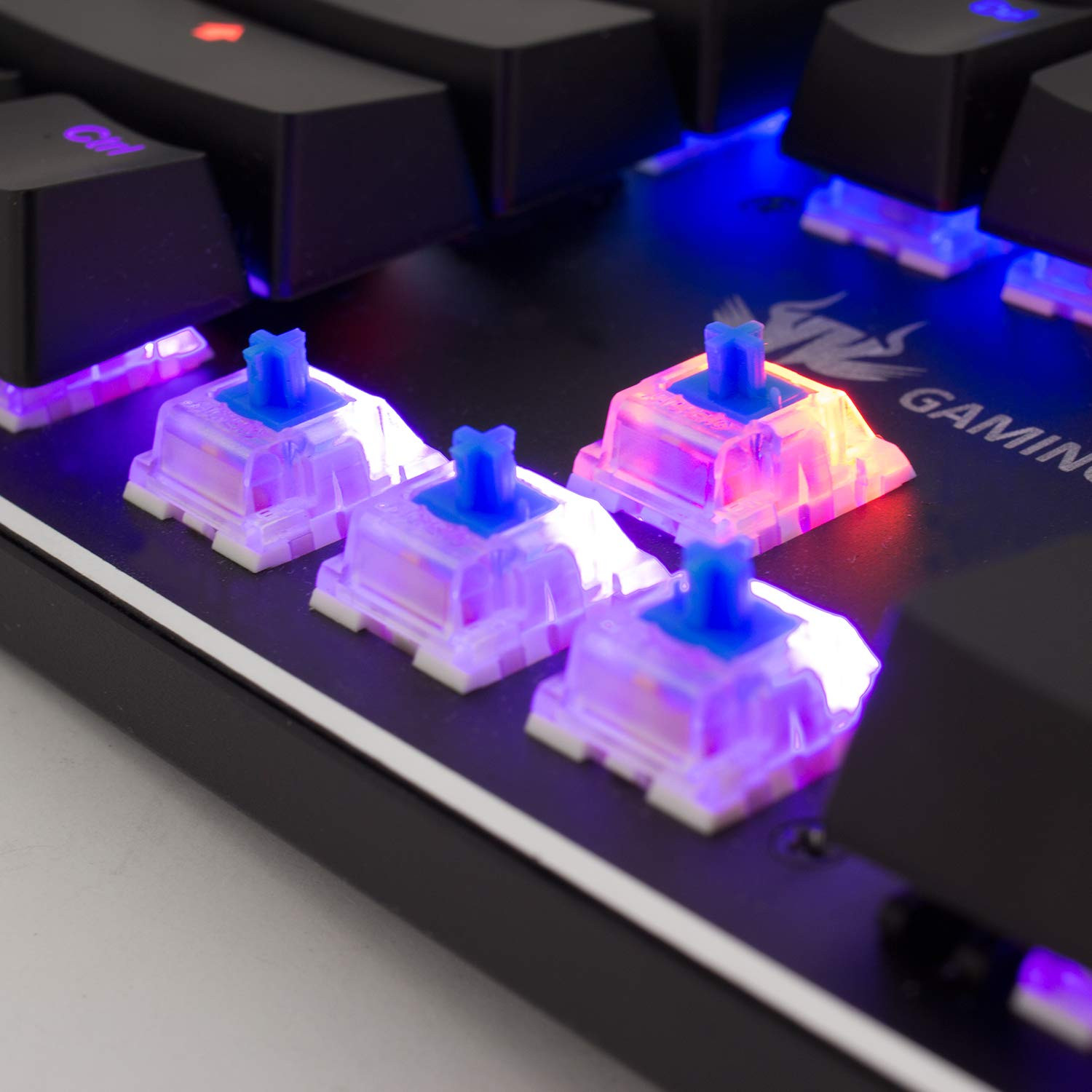

- #Disk led windows 7 how to
- #Disk led windows 7 install
- #Disk led windows 7 Pc
- #Disk led windows 7 iso
- #Disk led windows 7 download
Select Troubleshoot and then Advanced Options.
#Disk led windows 7 install
Next, click the Repair your computer link instead of Install now. From the initial Windows screen, accept the default settings for the language to install, the time and currency format as well as the keyboard or input method.


(If you have set your computer to boot from hard drive only, you need to enter BIOS setting to add USB drive to the boot list first.) When you see the option to boot from USB, press a key to do that. Once complete, insert the USB drive into your computer and reboot.
#Disk led windows 7 how to
#Disk led windows 7 Pc
#Disk led windows 7 iso
Select Create installation media (USB flash drive, DVD, or ISO file) for another PC and hit Next.Insert your USB drive into your computer, run Media Creation Tool and accept the agreement.Prepare a USB drive of at least 8GB disk space.
#Disk led windows 7 download
Click here to download Windows Media Creation Tool.If you do not have one at hand, you need to create one right now on a normally running computer. Besides, you need to have a Windows installation media. Here is the best bootrec /fixboot access is denied fix but only works with the GPT drive. This gives you a clear picture of what is causing the continuous churning of your hard drive.Read More Fix #1: Fix Bootrec /Fixboot Access Is Denied on GPT Drive See the Disk Activity section, which shows the list of processes & the file name being written to/read from, and the I/O speed.You can sort the items by Read I/O, Write I/O, and Total I/O (bytes/sec). In Resource Monitor, click the Disk tab.Or click Open Resource Monitor in Task Manager’s Performance tab. Start Resource Monitor by running resmon.exe.To overcome Task Manager’s limitation, and to perform a thorough analysis, use the excellent Resource Monitor ( resmon.exe) utility, which is built-in to Windows. You can sort by I/O read or I/O Writes, but no option to sort the results by Total I/O (combined Read & Write).But it doesn’t show you the corresponding file name(s).

Task Manager shows the process name responsible for constant disk thrashing either by reads or writes.When tracking Disk I/O using Task Manager, there are two limitations. Use Resource Monitor to Track Disk Read/Write I/O by Programs RELATED: Fix Google Chrome High Disk Usage (100%) Problem You need to isolate the extension, add-on, or the browser’s feature causing the trouble. For instance, one of your browser extensions may cause high disk or CPU usage. Else, remove the program or consult its documentation to tweak the settings, if any. Leave it as it is if the I/O operations are justified. Once you identify the program, decide if you need the program or not. You can track the file system and registry I/O using the Process Explorer as well.ĭownload Process Explorer from Process Explorer – Windows Sysinternals page. Similarly, sort by I/O Write bytes to see which program is writing to the hard disk continuously. Next, sort the listings by I/O Read bytes and see which application is generating the maximum I/O (in bytes/sec).I/O Read Bytes & I/O Write Bytes directed to CONSOLE (console input object) handles are not counted. Whereas I/O write bytes is the number of bytes written in input/output operations by a process, including file, network, and device I/Os. I/O read bytes is the number of bytes read in input/output operations generated by a process, including file, network, and device I/Os. Enable the following checkboxes and click OK.Right-click on the column header (Name, PID, Status, etc.) and click Select Columns.Open Task Manager and select the Details tab.The Search indexer may not always be the culprit, but a poorly coded program is probably taxing the drive. Use Task Manager to Track Disk Read/Write I/O by Programs Some third-party tweakers have options to disable Windows Search to reduce disk writes by the search indexer, and some users who have SSD drives turn off indexing. But for subsequent files, it won’t tax your system that much unless you add too many files every day and also configure Windows Search to index file contents of additional file types, which can cause a performance hit. The Windows Search Indexer will perform maximum Disk I/O when building the index from scratch. RELATED: “PC-Doctor Module” High CPU, Memory, Disk Usage and Slowdown Find Which Program is Constantly Reading or Writing to Disk


 0 kommentar(er)
0 kommentar(er)
